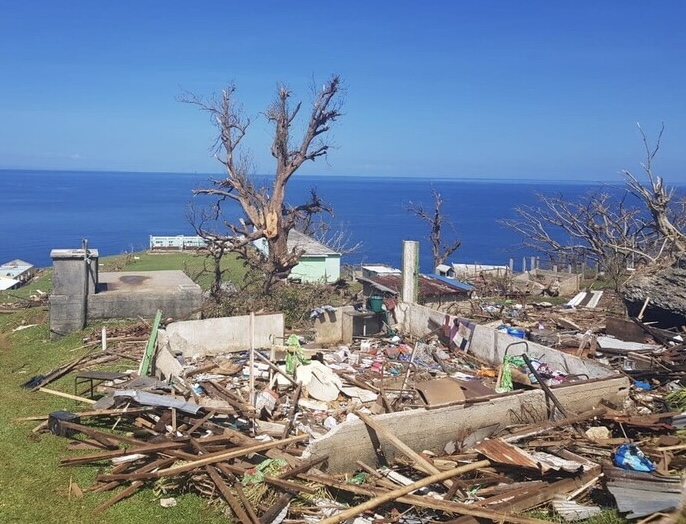Hurricanes, typhoons, and cyclones are all tropical storms.
When they hit, they can be extremely destructive and even deadly, depending on which category they fall under.
Hurricanes and typhoons are cyclonic weather systems that form in the tropics and have sustained wind speeds of more than 74 miles per hour.
What is the difference between a hurricane, a typhoon and a cyclone?
Hurricanes, typhoons and cyclones are all tropical storms. The only difference is where they form. Hurricanes form in the tropical Atlantic and the Eastern Pacific Ocean. Typhoons form in the West Pacific Ocean and cyclones form south of the equator, off the coast of places such as New Zealand, Australia, Pacific Islands and Madagascar.
HOW DO CYCLONES AND HURRICANES FORM?
Hurricanes and typhoons are delicate and need specific conditions to form and persist. The sea temperature needs to be at least 27°C, which is why they only form in the tropics.
The air above the sea heats up via convection and this warm, moist air rises. As the atmosphere heats up, the pressure changes and lowers at the surface. Wind from the surrounding areas then rushes in to fill the space left by this area of low pressure, while the earth’s rotation causes the wind to spiral and become cyclical.
The eye of the storm tends to form once the wind speed reaches 74 miles per hour – the point at which a tropical storm is reclassified as a hurricane or a typhoon.
These storms are fuelled by high humidity, so a change of wind or dry air can make them weaken and eventually dissipate.
How often do hurricanes occur?
Hurricane season is from June until November. Usually, there will be between six and eight hurricanes spread across this period. Having three or more simultaneous hurricanes usually only happens once in a decade.
How do hurricanes get their names?
Since the early 1950s, hurricanes have been named after women.
In 1980, men’s names were introduced, and now the storms are named alphabetically, alternating between male and female names.
The names are repeated every six years, but if a storm is particularly severe, then the name is retired from use.
The word hurricane may have originated from either Hurakan, the ancient Mayan god of wind, storm and fire, or Huracan, the god of evil, in the Caribbean language of Taino.
IMPACT AND CHALLENGES

What impact do hurricanes and typhoons have?
In the simplest terms, hurricanes and typhoons can be deadly, causing severe damage to buildings and infrastructure.
When a hurricane hits, people need to decide whether to stay in their homes or evacuate to safer ground. In some cases, there is nowhere safe to go, and many people worry about leaving their homes for fear of looting.
When Hurricane Irma hit the Caribbean in September 2017, it was so powerful that very few buildings could withstand it – you’d need a reinforced concrete building to survive unscathed.
Floodwater is also a major danger. Aside from the damage it could cause to buildings and infrastructure, the main cause of death in a hurricane or typhoon is drowning due to storm surges and flooding.
How can ShelterBox help?
Dealing with the aftermath of a hurricane or typhoon can be very challenging. Whole communities can be destroyed, from people’s homes to vital infrastructures such as roads, communication lines, power and medical supplies.
Despite the challenges, we often respond to places that are hit by tropical storms. After Hurricane Irma and Maria wreaked havoc in 2017, we provided aid to over 2,000 families across five islands in the Caribbean. See how we supported families.
